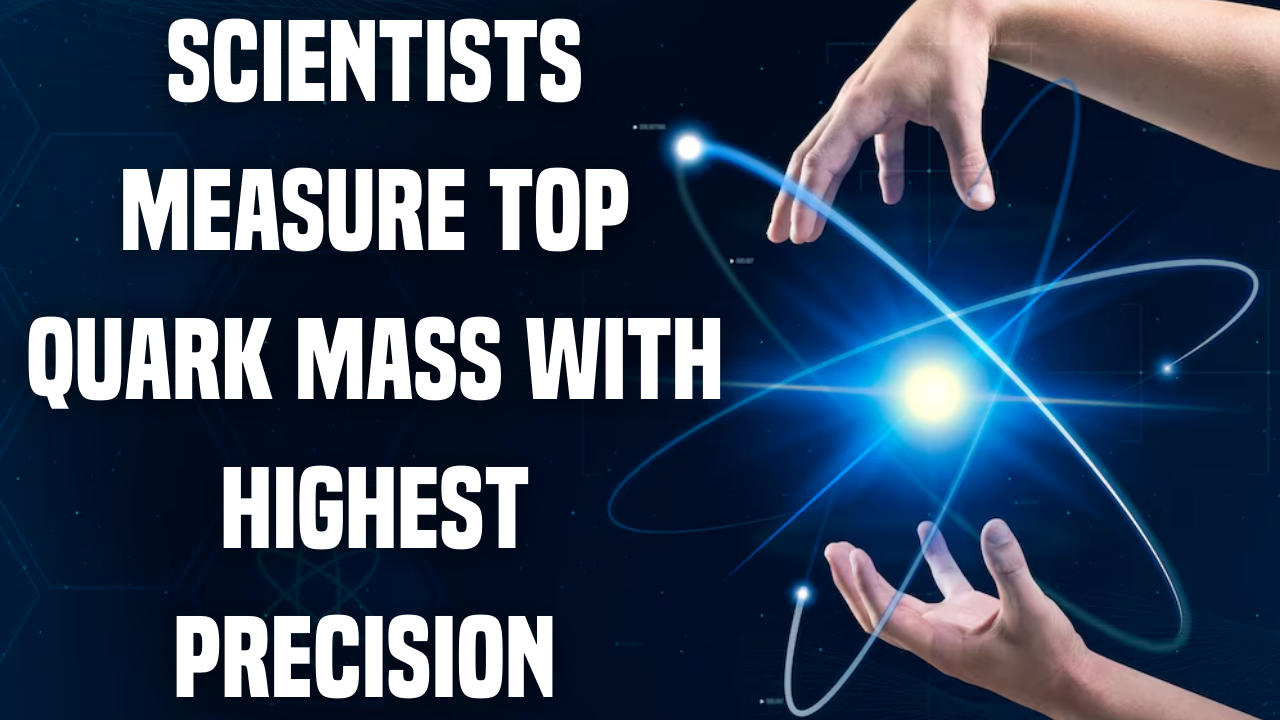Scientists Measure Top Quark Mass with Highest Precision Yet
Context: Scientists have achieved the most precise measurement of the heaviest known subatomic particle, the top quark at a major physics experiment.
The mass of the top quark, which is closest to the Higgs boson, is unusually heavy compared to similar particles. This discrepancy raises questions about its nature and role in the fundamental structure of matter.
Key Highlights:
- In 1995, scientists first estimated the top quark’s mass to be between 151 and 197 GeV/c2.
- This new research, conducted by the CMS and ATLAS Collaborations at the Large Hadron Collider (LHC), refines this value to 172.52 ± 0.33 GeV/c2, representing a 31% improvement in precision compared to previous top individual measurements.
- Significance for the Standard Model: Precise measurements of its mass enhance calculations and deepen understanding of phenomena like quantum corrections affecting the properties of the Higgs boson.
- Data and Analysis Techniques: Determining the new mass required measurements of both top-antitop quark pairs and rarer single-top quark events.

The Greek philosopher proposed 2,400 years ago that matter could be divided into four elements: air, earth, fire and water. However, since the early 20th century, physicists have discovered so many subatomic particles that the diversity is akin to a zoo.
- Among these, the top quark stands out for its mass.
About Top Quark:
- There are six known types of quarks. Some quarks join together to form composite particles like protons and neutrons.
- The top-quark mass is playing a crucial role in the electroweak precision tests and the stability of the Standard Model vacuum.
- According to mass-energy equivalence, a particle’s mass correlates directly with its energy. Currently, the top quark is the most massive particle discovered.
- It is 10 times heavier than a water molecule, three times heavier than a copper atom, and 95% as heavy as a caffeine molecule.
- Its immense mass causes it to be highly unstable, breaking down into lighter particles in less than 10^{-25} seconds.
The Top Quark and the Higgs Boson
- A particle’s mass arises from its interaction with the Higgs field, which pervades all of space.
- The Higgs boson is an excitation of this field. The stronger a particle interacts with the Higgs field, the more mass it acquires.
- For instance, when the ‘electron field’ interacts with the Higgs field at energies below 100 GeV, the electron particle gains mass as a result.
- This mechanism applies equally to other elementary particles. François Englert and Peter Higgs received the Nobel Prize in Physics in 2013 for explaining this process.
- As the most massive particle, the top quark is thought to interact most strongly with the Higgs boson.

|
Standard Model: The Standard Model of Particle Physics is scientists’ current best theory to describe the most basic building blocks of the universe.
|






